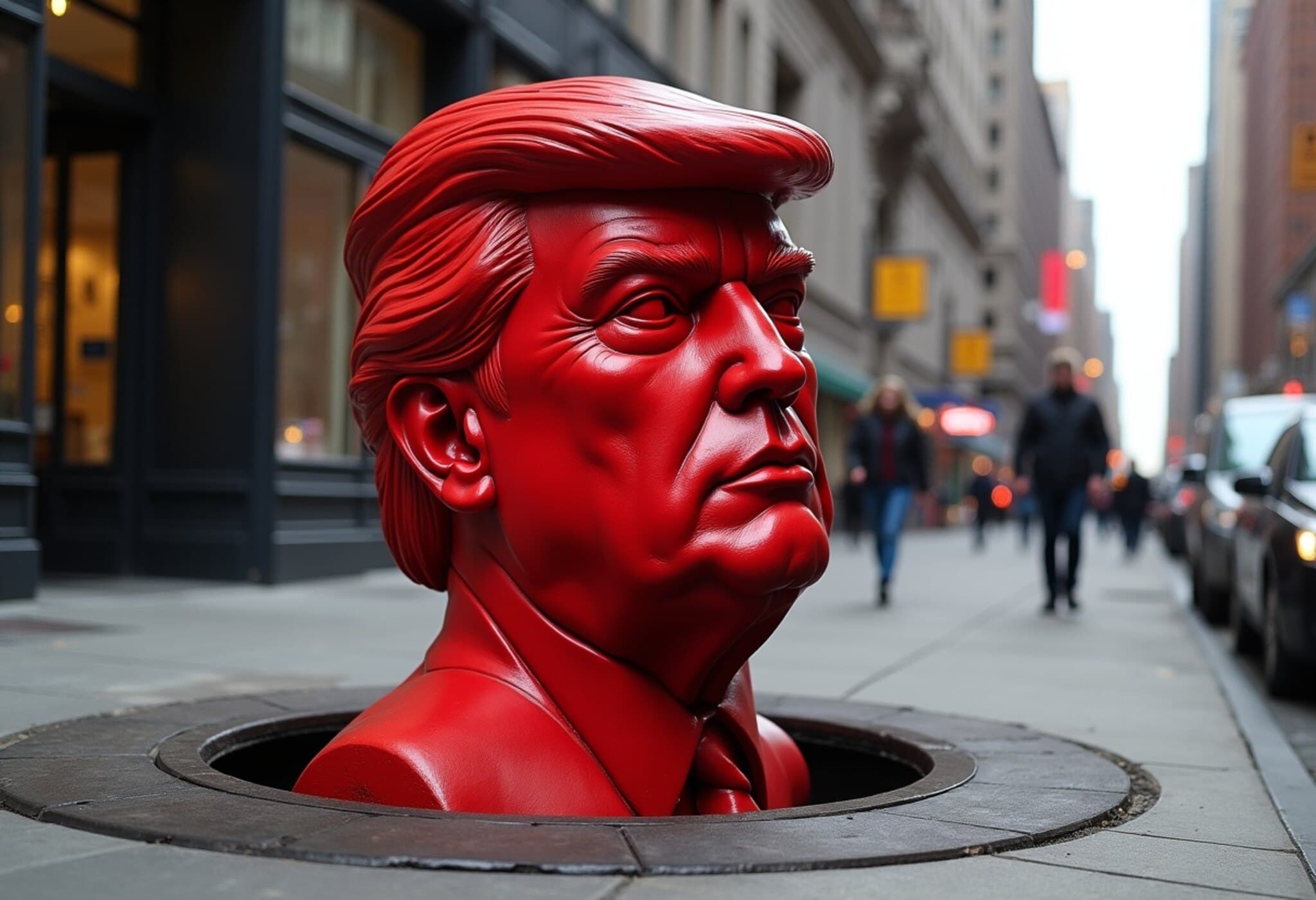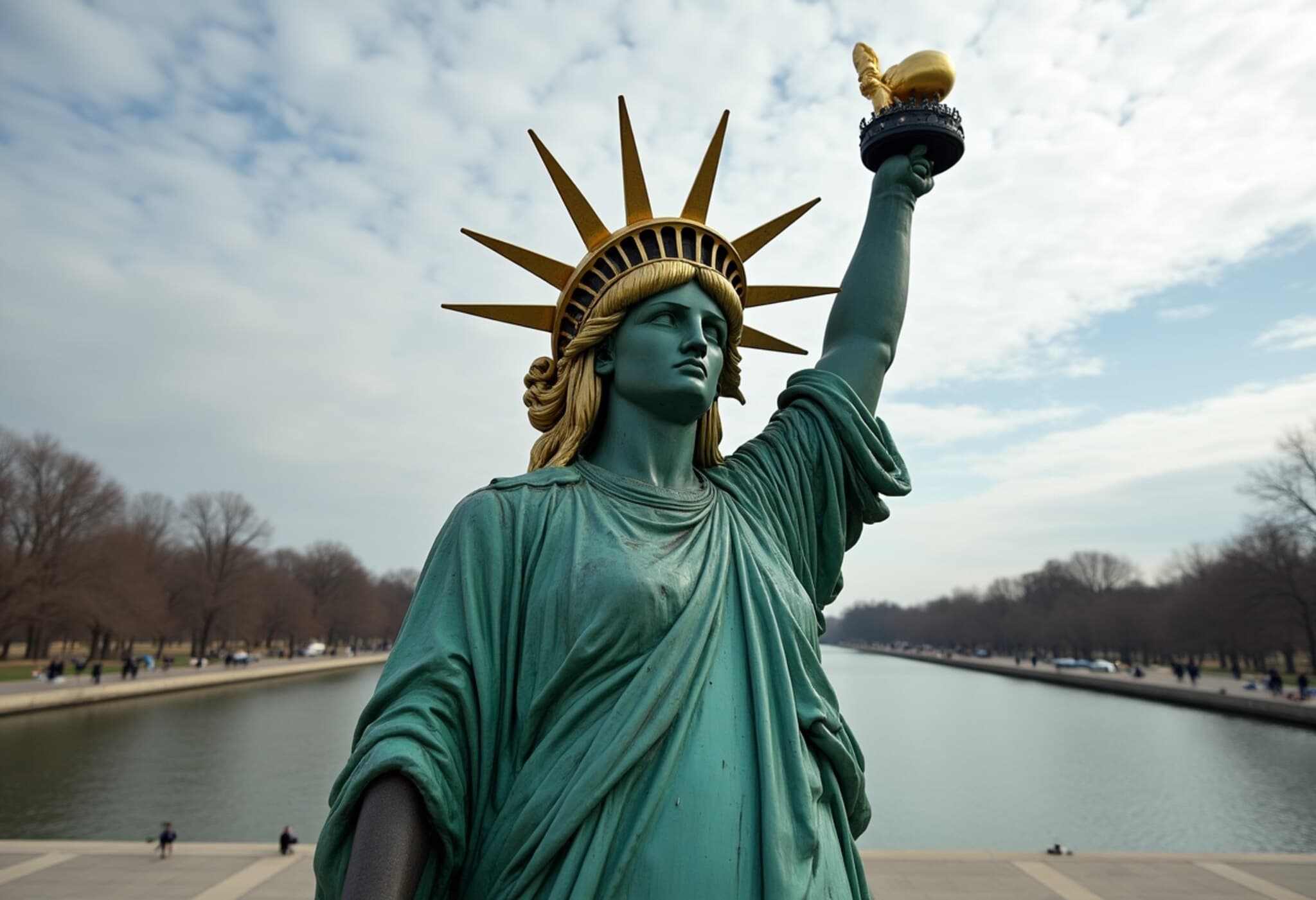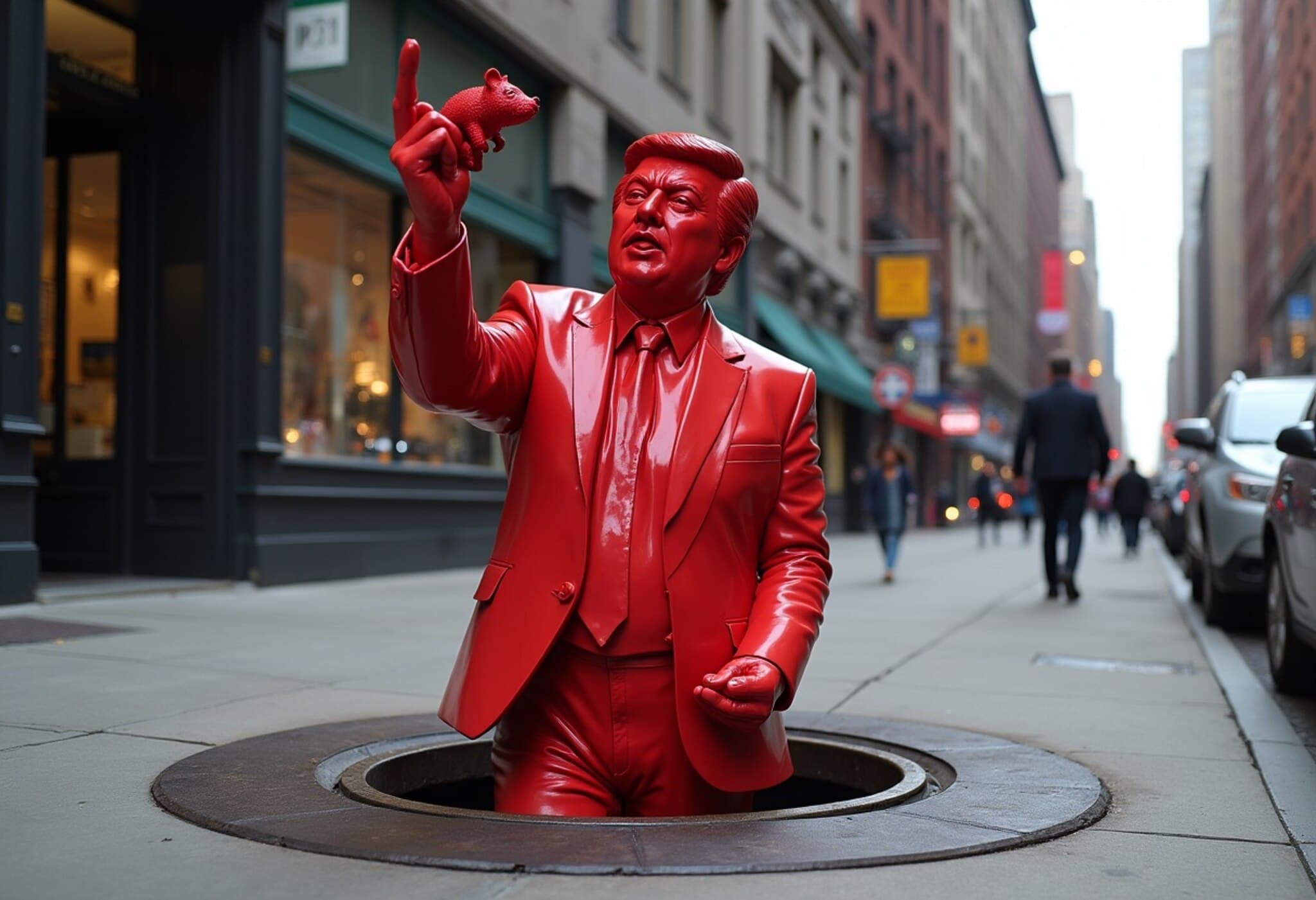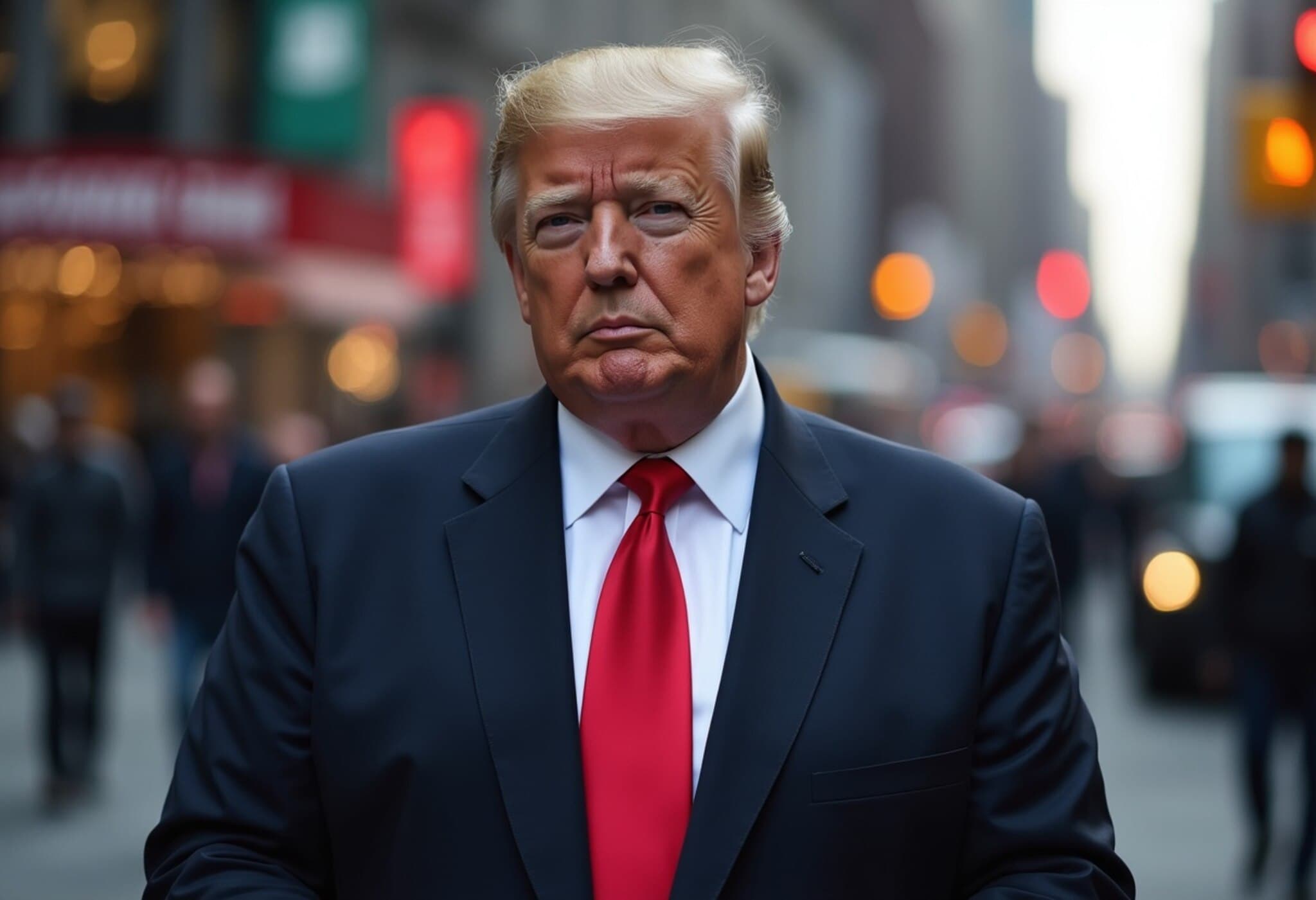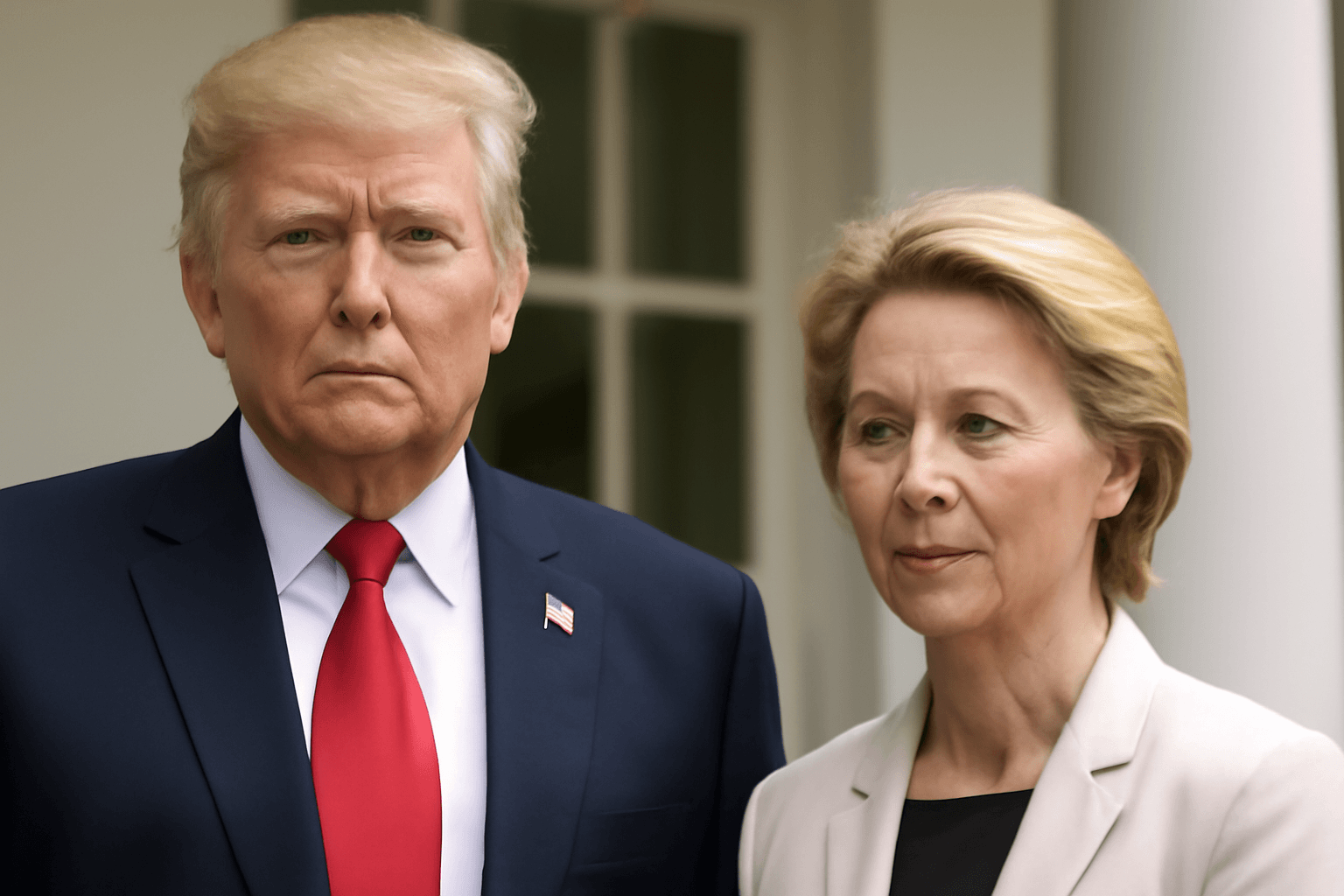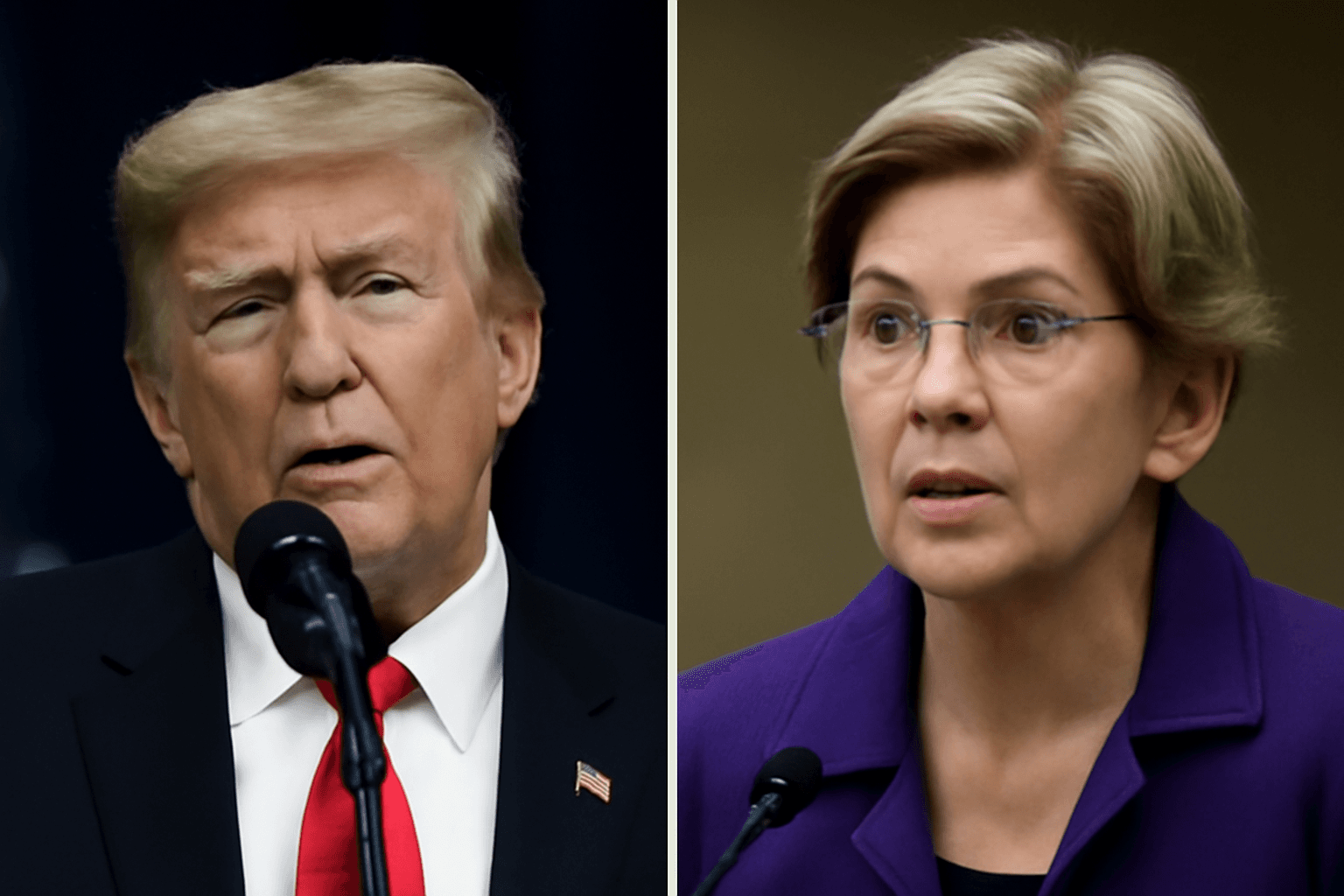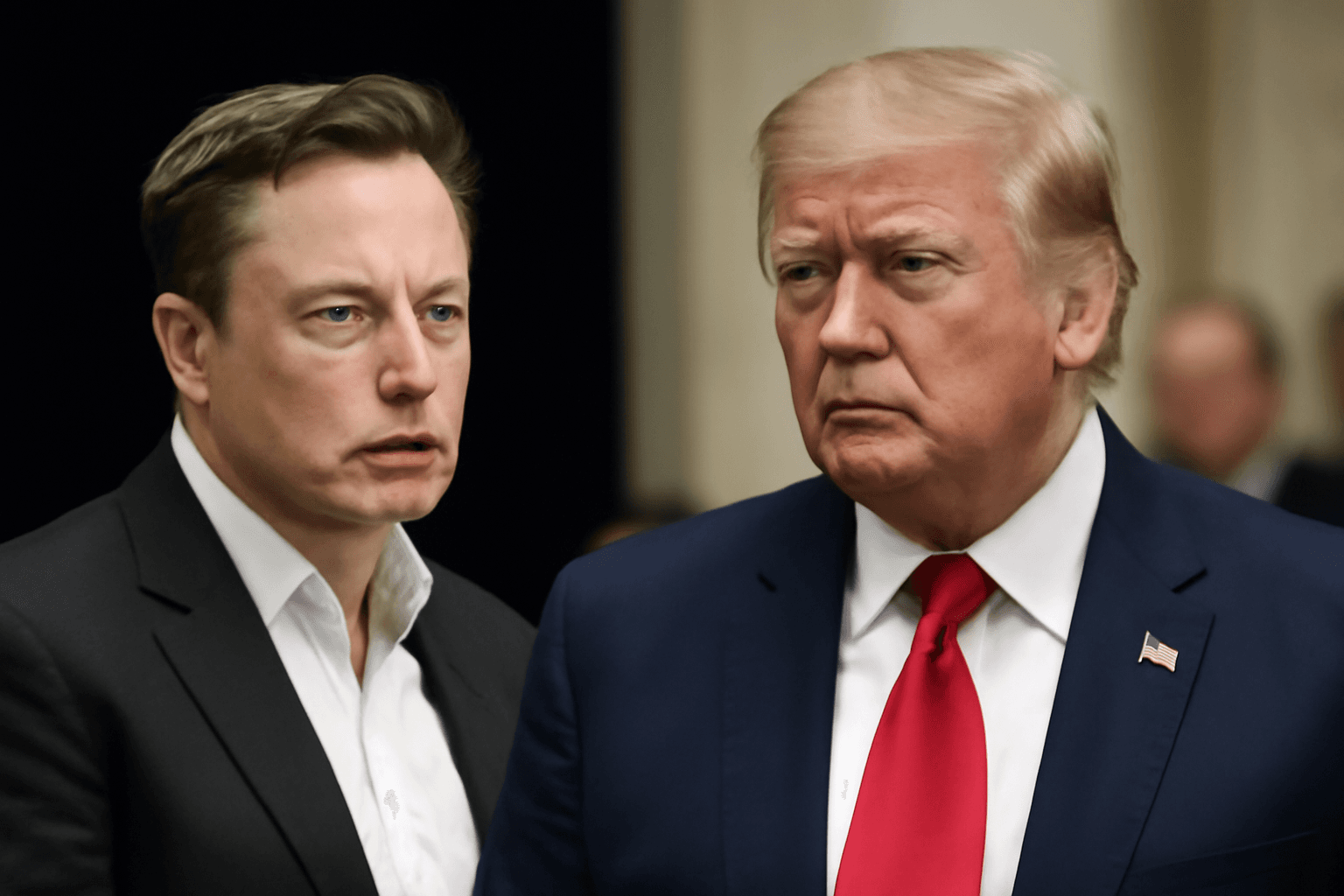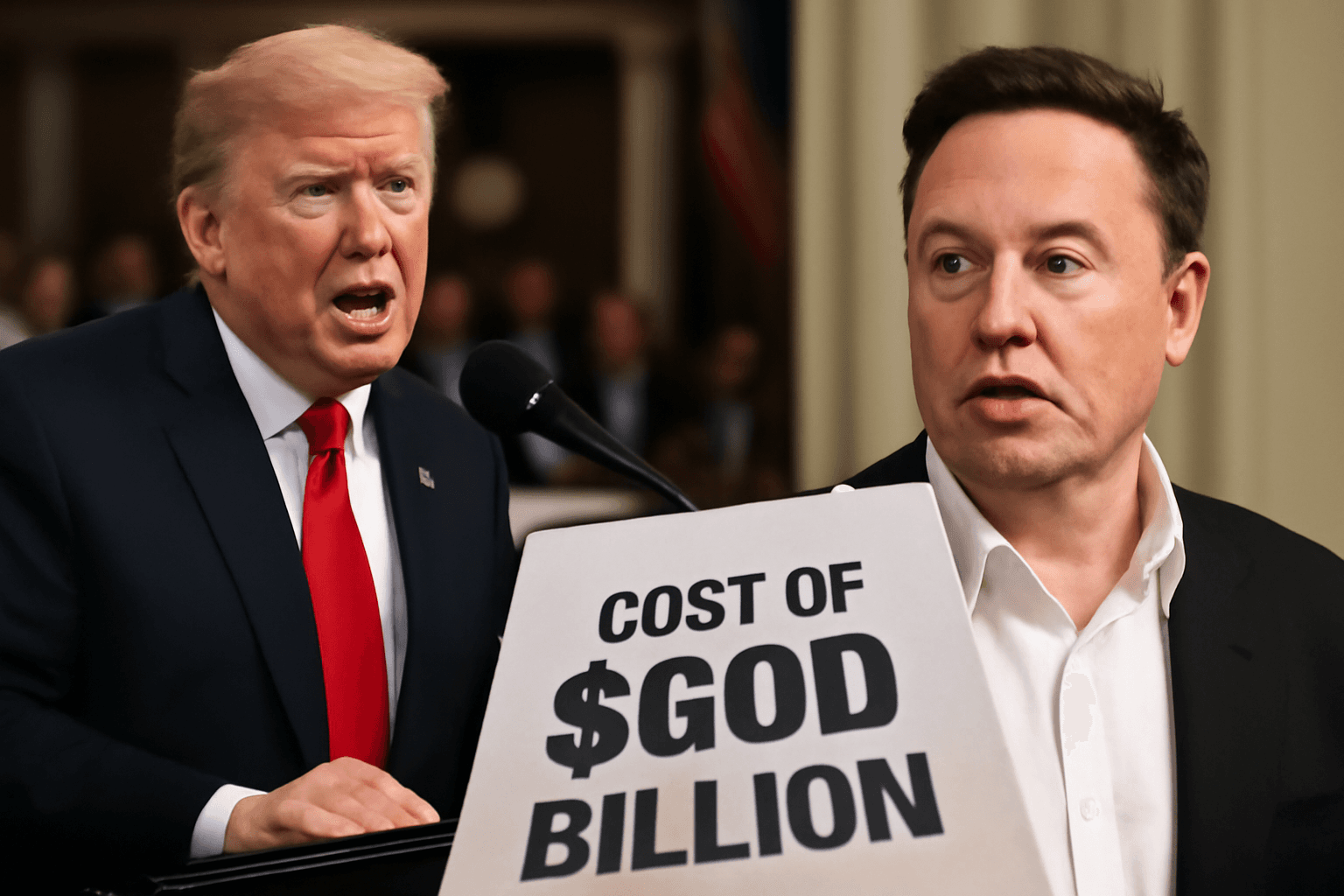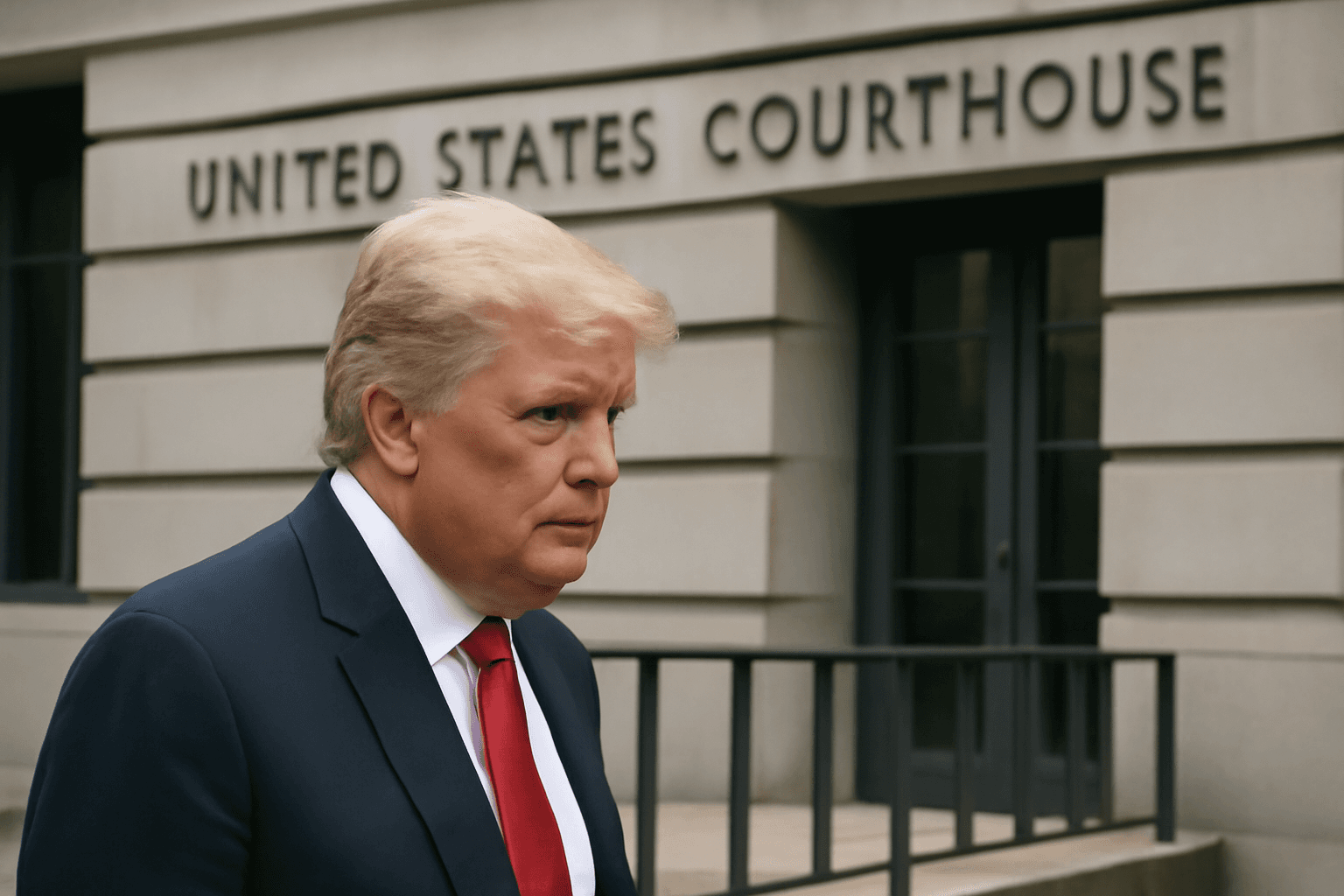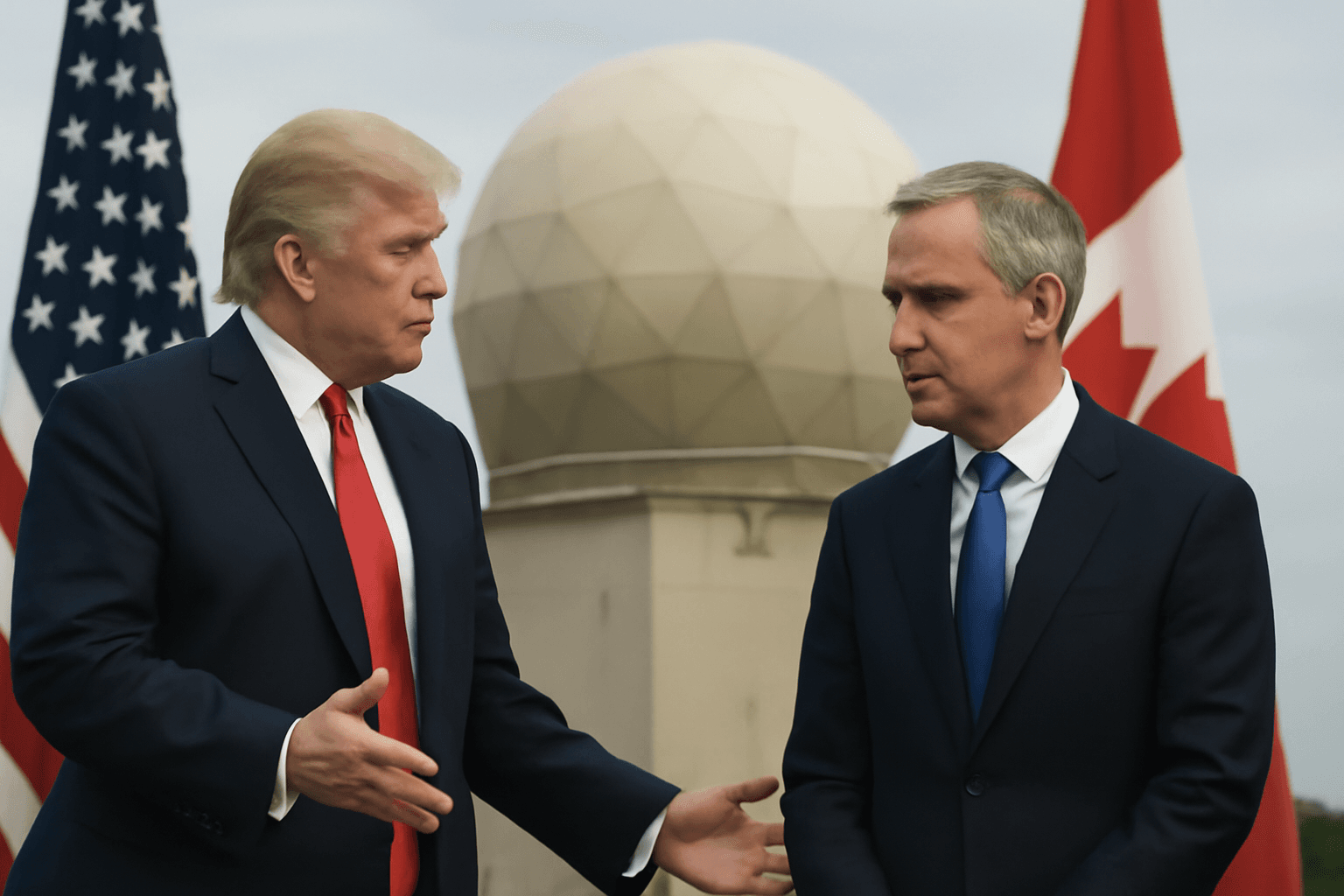Red Trump Sculpture Emerges from Manhattan Manhole, Stirring Conversations
On the morning of July 23, the streets of Manhattan witnessed an unexpected visual spectacle: a vivid red sculpture of former US President Donald Trump, seemingly rising out of a manhole at the bustling intersection of East 42nd Street and 2nd Avenue. This provocative, life-sized art piece, titled Donald, was the brainchild of French street artist James Colomina, known for his disruptive public installations that blend bold political commentary with striking visuals.
Intentional Placement within New York’s Iconic Landscape
Colomina revealed in an interview with USA Today that the sculpture’s location was far from arbitrary. "I installed the sculpture in New York because this is where he built his image, his empire, his legend," he explained. New York, with its towering skyscrapers and symbolic power centers, was central to Trump’s narrative, and the cityscape serves as the perfect backdrop for this artwork’s message.
The piece shows Trump from the waist up, clad in a suit and tie, his expression resolute—lips pursed, eyes fixed upwards toward the towering buildings. Notably, it faced the Chrysler Building, a landmark symbolizing architectural prowess and ambition, creating a powerful contrast between soaring ideals and the grotesque figure emerging from the sewers below.
Symbolism Layered in a Vivid Palette
Crafted meticulously in red resin, the sculpture also incorporated a small, red rat peeking out from beneath the manhole cover, subtly hinting at subtextual narratives about power, corruption, or decay. Colomina’s being deliberate with the color choice follows his signature “Colomina Red” style, aimed at evoking feelings of anger, passion, and urgency surrounding contemporary political and social issues.
Adding to this, the artist captioned the piece on his Instagram as “Make America Grime Again”, a twist on the famous political slogan that underscores the gritty, raw commentary the sculpture embodies.
Installation and Swift Removal
After three weeks of dedicated work in his French studio, Colomina transported the sculpture in parts to New York, where he assembled it early in the morning, around 7 am. However, the installation was short-lived. By the end of the day, a maintenance worker from SL Green Realty Corp, the building’s owner at the installation site, removed the sculpture.
Reactions from the Political Sphere
The Trump administration swiftly dismissed the artwork. White House Deputy Press Secretary Abigail Jackson told USA Today, "Imitation is the sincerest form of flattery. This ‘artist’ will have to go back to the drawing board. Or perhaps art school." The dismissive response highlights the polarizing nature of politically charged art in the current American socio-political climate.
About James Colomina: The Artist Behind the Red Sculptures
Colomina has built a reputation worldwide for his clandestine, eye-catching street art that often critiques political figures and social issues. His red-painted sculptures have surfaced in major cities such as Tokyo, Barcelona, and Paris, always unannounced to maximize public impact.
His work is intentionally provocative, using surprise and location to challenge public perceptions and trigger reflection. The seizures of space in everyday environments make his art both accessible and startling, a juxtaposition that resonates with urban audiences globally.
Understanding the Broader Context
This installation comes at a time when public art is increasingly becoming a medium for political discourse and societal introspection in the United States. The choice of Donald Trump—a figure who continues to evoke strong public opinions year after year—places the sculpture at the intersection of art, politics, and public space activism.
Moreover, the piece raises important questions about freedom of expression and the limits of unsanctioned street art in private and public urban environments, especially in cities like New York with dense surveillance and strict maintenance protocols.
Implications for Urban Art and Political Dialogue
- Art as Social Commentary: It highlights how art can disrupt everyday city life to stimulate critical thinking.
- Public Space and Ownership: Raises debates about who controls the narrative and physical spaces in urban centers.
- Political Polarization and Art: Reflects how art intersects with the deep divides in American society.
Editor’s Note
James Colomina’s red Trump sculpture serves not just as a creative expression but also as a mirror reflecting the complexities of political identity, public space, and societal tensions in America. As debates around public art and political expression intensify, questions linger: What role should street art play in shaping political discourse? How much space should dissenting art command in our cities? And ultimately, can a piece of art alter or deepen our understanding of polarized figures like Donald Trump?
As urban centers across America grapple with these questions, Colomina's installation reminds us that art remains a potent catalyst for conversation, confrontation, and perhaps, change.

